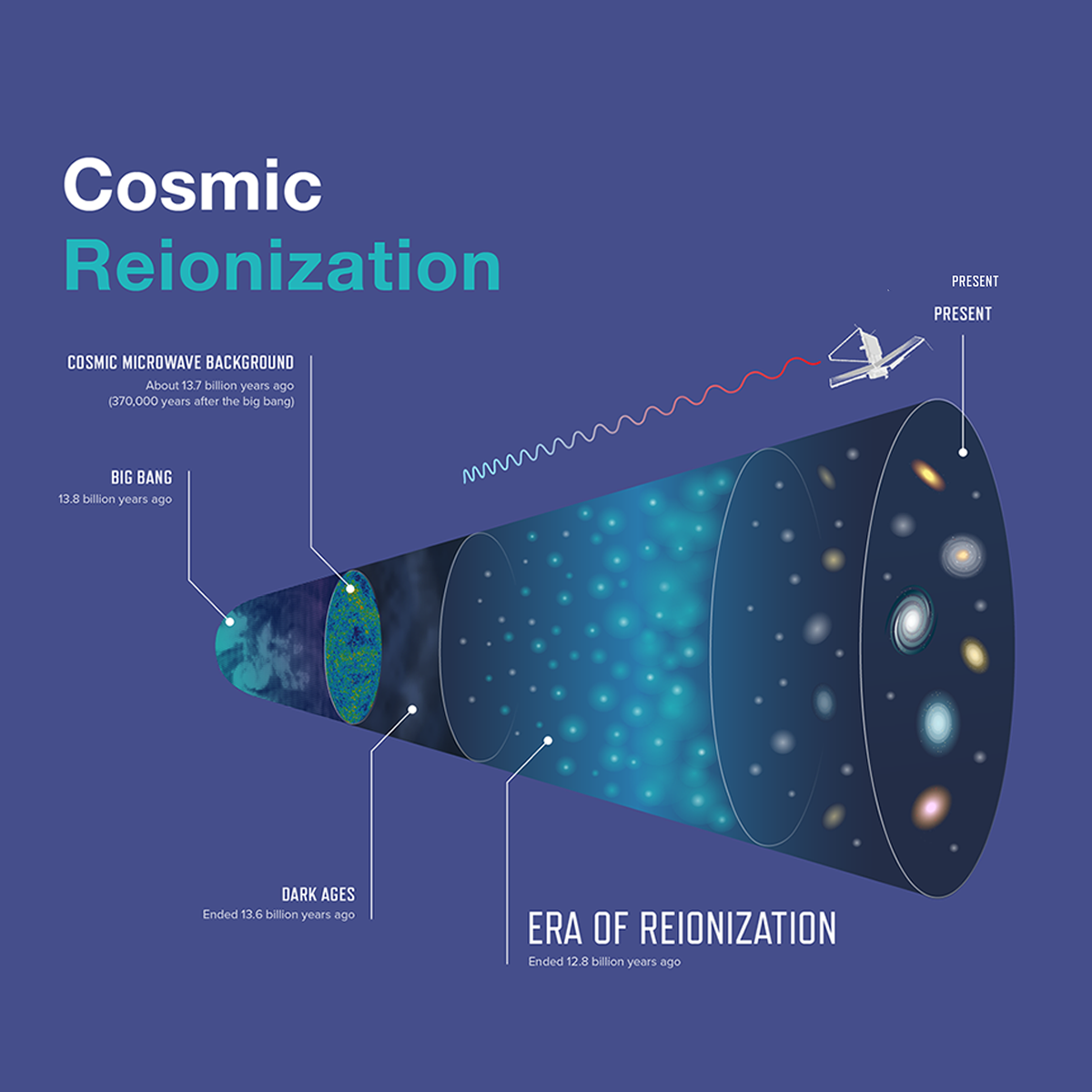- Dec 20, 2003
- 13,615
- 2,671
- Country
- Germany
- Faith
- Christian
- Marital Status
- Married
What are the challenges resulting from the main findings of the James Webb telescope to existing scientific models?
Among the observations seem to be:
1) There are more galaxies than previously found or expected
2) Even the more extreme distance galaxies seem to have more structure than expected.
Why are we not seeing partially formed galaxies, as expected, from the early stages just after the "Big Bang?"
What can this better vision of the universe tell us about star and planet formation?
Are old universe believers saying that the universe is bigger or older than previously expected?
Four revelations from the Webb telescope about distant galaxies
Among the observations seem to be:
1) There are more galaxies than previously found or expected
2) Even the more extreme distance galaxies seem to have more structure than expected.
Why are we not seeing partially formed galaxies, as expected, from the early stages just after the "Big Bang?"
What can this better vision of the universe tell us about star and planet formation?
Are old universe believers saying that the universe is bigger or older than previously expected?
Four revelations from the Webb telescope about distant galaxies
Last edited:

